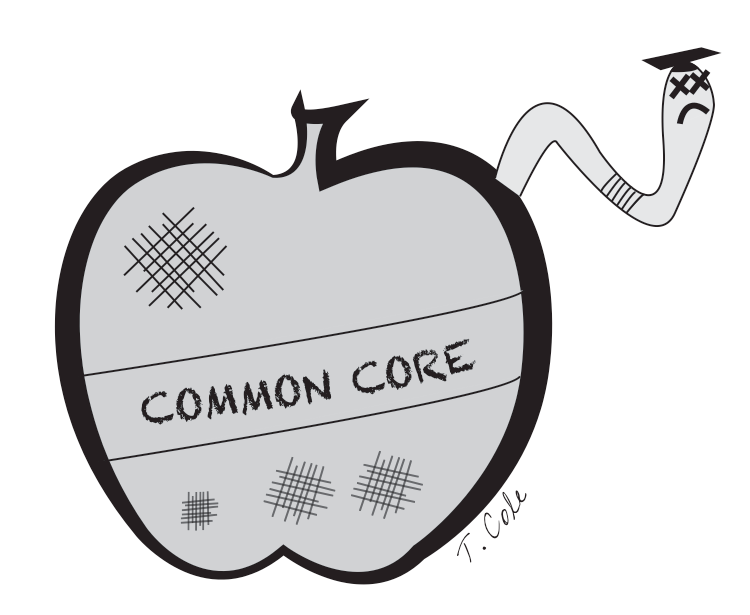The Education Problem
September 30, 2014
Pamela Petty teaches education classes at WKU and has served on state and national committees reviewing the Common Core State Standards. She has undergone the required training programs for teachers and faculty across the country. Petty has only had hands-on experience with the English curriculum.
Hating, discounting, mislabeling, misaligning and maligning the Common Core State Standards has become a national pastime, but that is the only connection between CCSS and any national standards.
Maybe if you hear something enough and say something enough it takes on the appearance of truth, but no elected official in Washington wrote or mandated the CCSS.
The CCSS are not linked to No Child Left Behind. They were not the only standards considered for Race to the Top grants. Instead, they CCSS are a response to the cohesive outcries from businesses, industries, universities, parents, state legislatures, school administrators and teachers to find a fix for education. Too many of our students were graduating from high school underprepared for the demands of college and careers.
The idea of standards is not new to education. There are standards in place in every state, and they are at a variety of quality levels. They’re not required to align with international benchmarks of countries where students routinely outscore our U.S. students. They vary in their construction in terms of depth, complexity and clarity.
State governors and commissioners of education developed sets of standards for math and English for which they sought feedback from stakeholders at all levels across the U.S. Collaboratively, commonly agreed upon research-based, rigorous, benchmarked, deep and meaningful standards were developed. States were given the option of adopting those standards.
The CCSS, however, does not represent a national or state curriculum. Standards are statements that indicate an acceptable level of learning. They do not denote exactly what should be taught, and they certainly don’t specify how it should be taught. A curriculum is a plan for how content will be taught, what resources are needed, the daily lessons that need to be taught, how learning will be monitored, differentiation plans to meet the needs of all students and long-term instructional plans to ensure students meet standards.
The federal government does not mandate the CCSS, but adopting them does mandate change. Change in education is expensive and it takes time. Most states are currently in serious financial distress. Funding for the amount of good professional development and enhanced learning materials that align with the CCSS is not an easy sell.
We live in a culture of immediate gratification — we want results today. The standards may not solve all our educational ills, but aren’t they worth a serious attempt at better preparing our students? The impact of that promise is huge for colleges, universities and the U.S.
Any change of this magnitude is going to have some problems. In a perfect world, states would have enough funding to ensure that teachers and administrators would have the re-training they need. Assessments that aligned with the new standards would have been available when the standards rolled out. Those assessments would be affordable for states, and teachers would be able to trust the assessments as valid and reliable measures of student achievement.
Lastly, CCSS needed a public relations campaign. The public needed to fully understand standards, and parents needed to trust the changes and know that their child’s success was the central idea. If we put aside conspiracy theories about a national curriculum being shoved down our collective throats, read the standards and consider how we can be advocates of change, we may just find the fix we all wanted.























